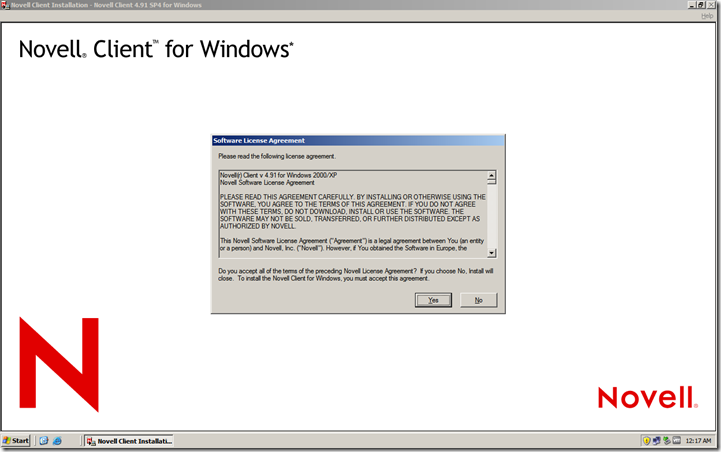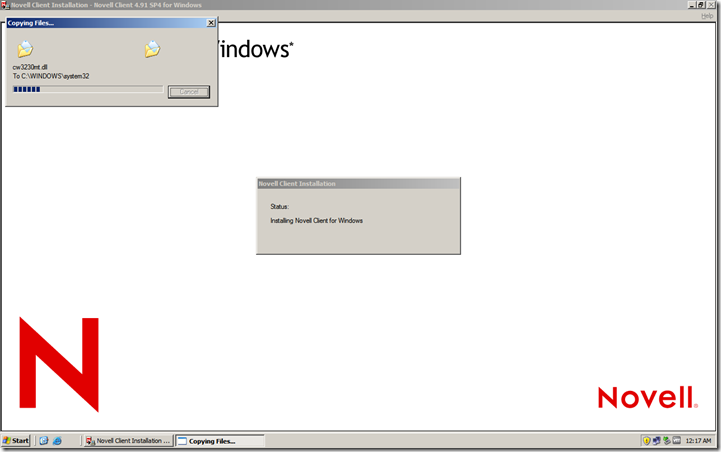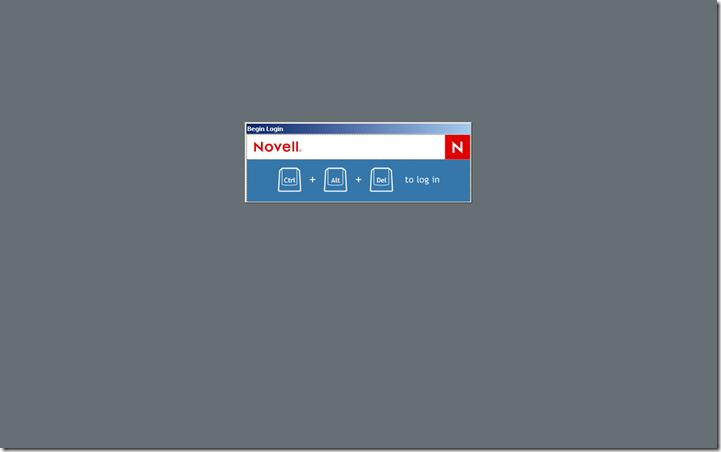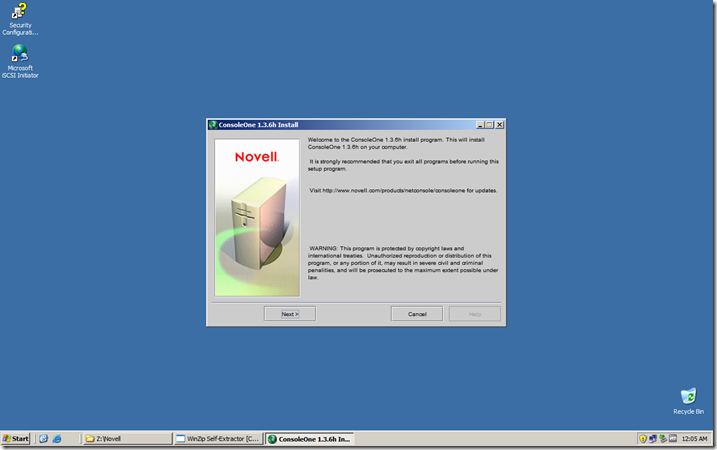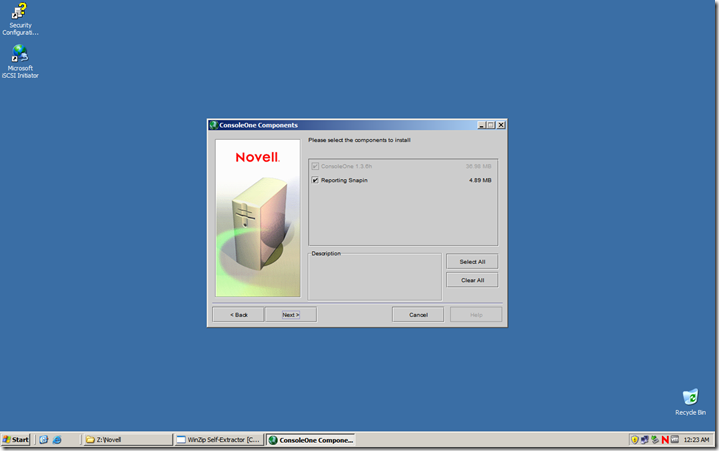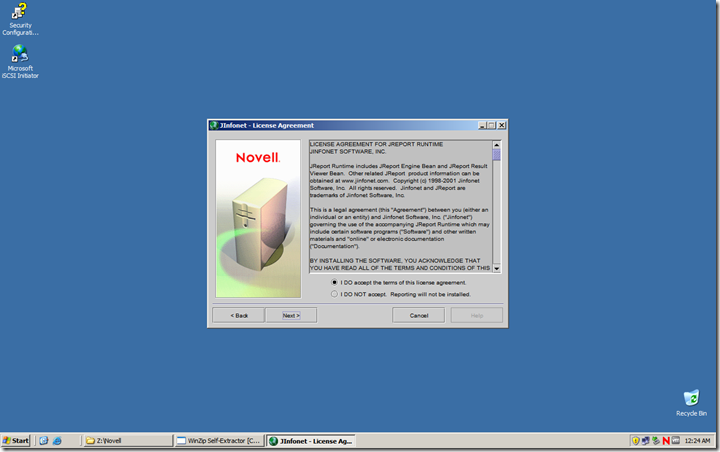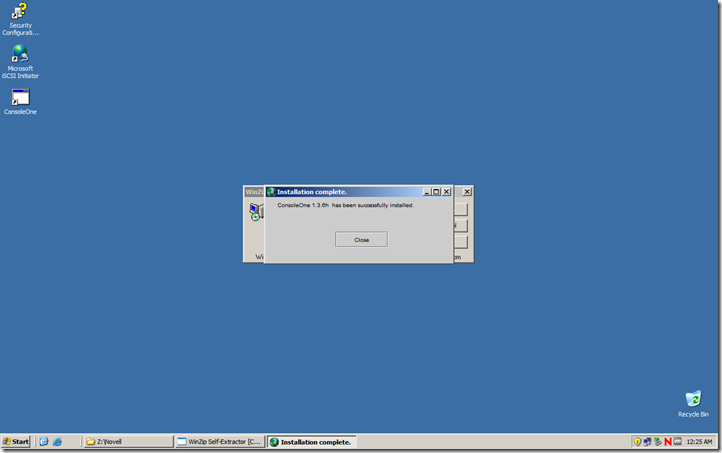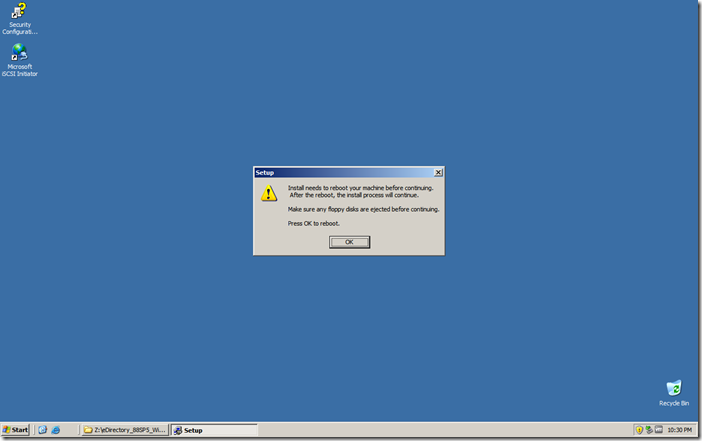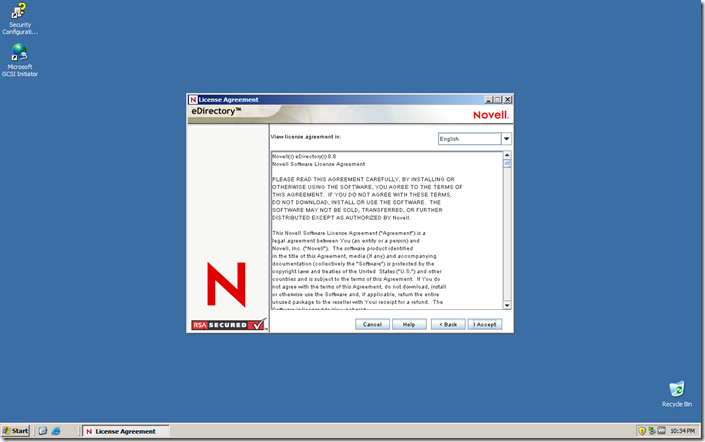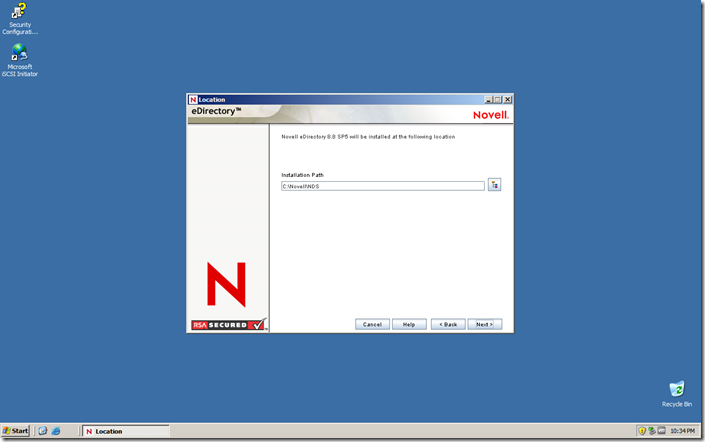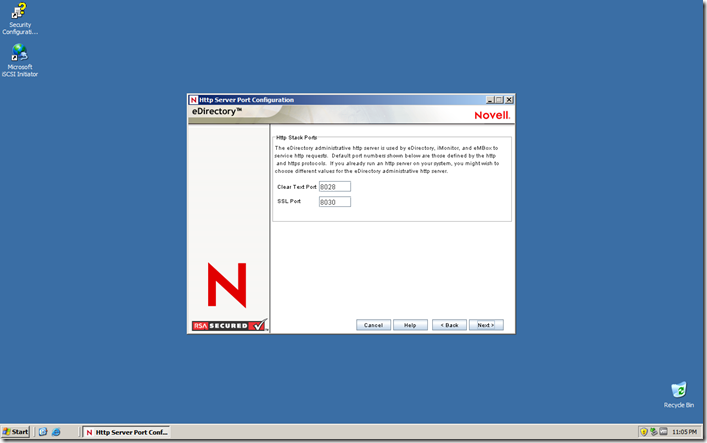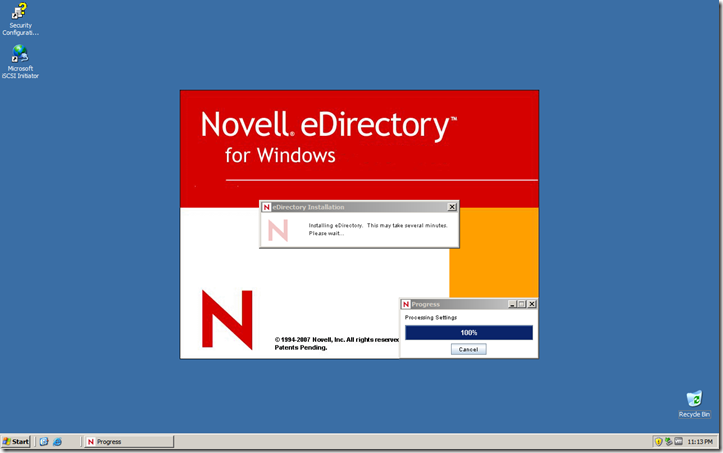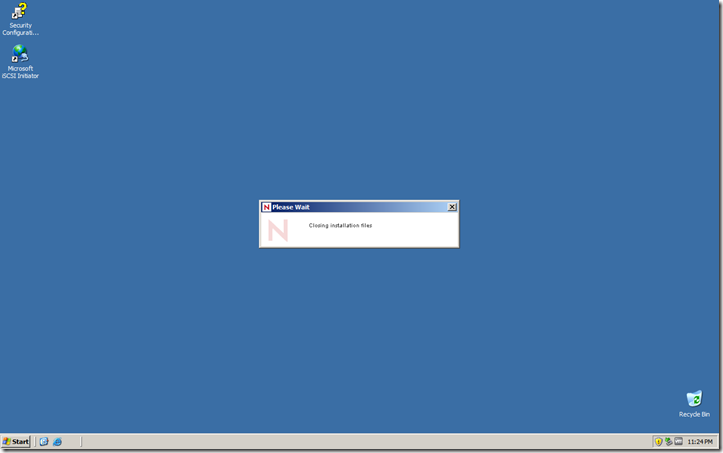ConsoleOne is a Java-based administration tool that you can use to flexibly manage Novell and third-party products on a variety of platforms. ConsoleOne runs on SUSE Linux Enterprise, NetWare, Red Hat Linux, Solaris and Windows. It provides a single point of administration for your network resources, including Novell eDirectory objects, schema, partitions, replicas, and NetWare servers. It is similar to Microsoft Management Console (MMC) found in Windows operating system.
For more information about ConsoleOne, please refer to the article on the Novell web site. You’ll also find the download link for ConsoleOne software on the same web site.
http://www.novell.com/products/consoles/consoleone/overview.html
Pre-requisites for ConsoleOne:
To install ConsoleOne, you’ll need to have Windows XP/Windows 2003 operating system installed with Novell Client for Windows.
Novell Client™ 4.91 for Windows XP/2000 is workstation software that brings an easy-to-use, secure, and manageable networking environment to Windows XP and Windows 2000 users. It enables you to access NetWare® services from Windows XP or 2000 workstations or servers and tightly integrates either product into your NetWare network.
You can download Novell Client for Windows from the following link:
http://www.novell.com/products/clients/windows/xp2000/overview.html
Novell Client for Windows installation walkthrough:
Once the server is rebooted, the logon screen will change.
Proceed with installation of ConsoleOne in the following article:
Installing ConsoleOne for Windows for configuring and managing eDirectory – Part 2

